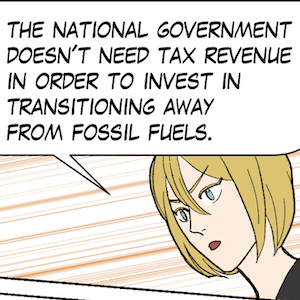ECB research shows that interest rate hikes push up rents and damage low-income families
I have been arguing throughout this latest inflationary episode that the central bank rate hikes were actually introducing inflationary pressures through a number of channels, the most notable one in the Australian context being the rental component in the Consumer Price Index. The RBA has categorically denied this perversity in their policy approach, and, instead, claimed the rapidly escalating rental inflation was the result of a tight rental market, end of story. Well the rental market is tight, mostly due to the massive cutbacks in government investment in social housing over the last few decades. But the rental hikes followed the RBA rate hikes and the simple reason is that landlords when in a tight market will always pass on the costs of their investment mortgages to the tenants. They weren’t doing that before the rate hikes. A recent ECB research report – How tightening mortgage credit raises rents and increases inequality in the housing market (published January 16, 2025) – provides some robust evidence which supports my argument. That is what this blog post is about.

